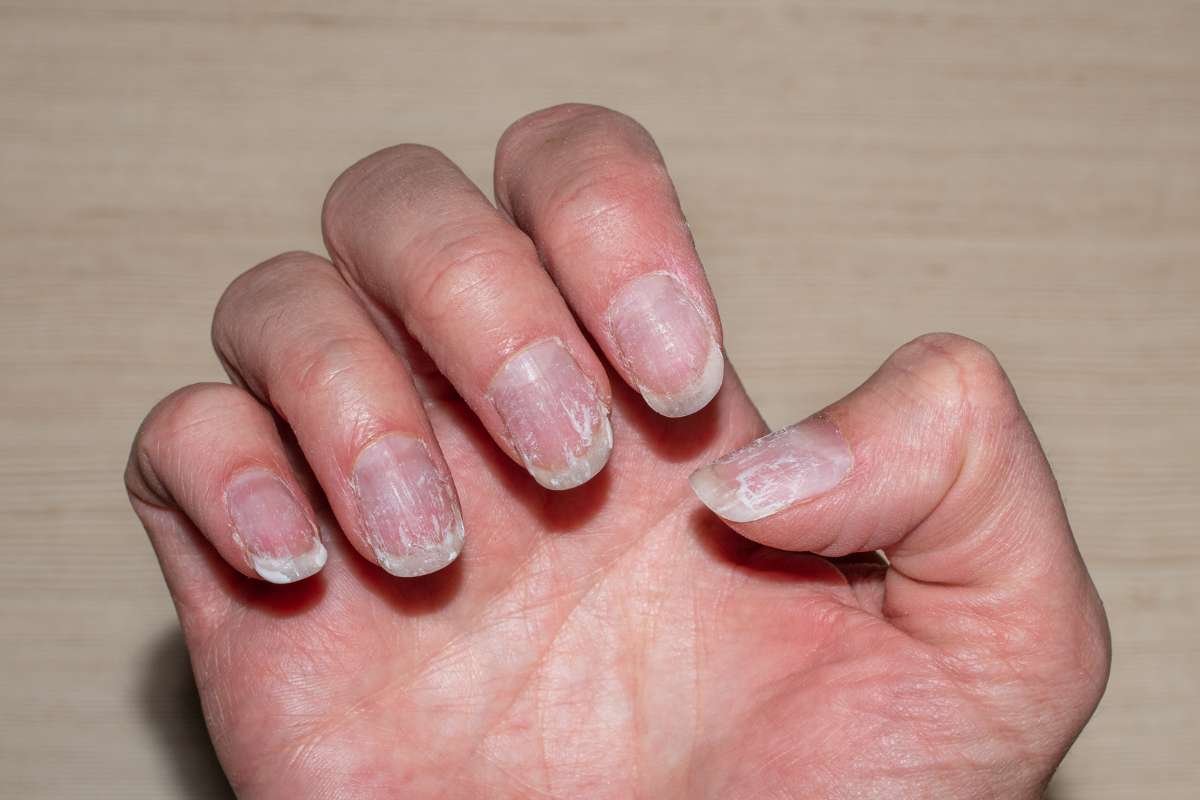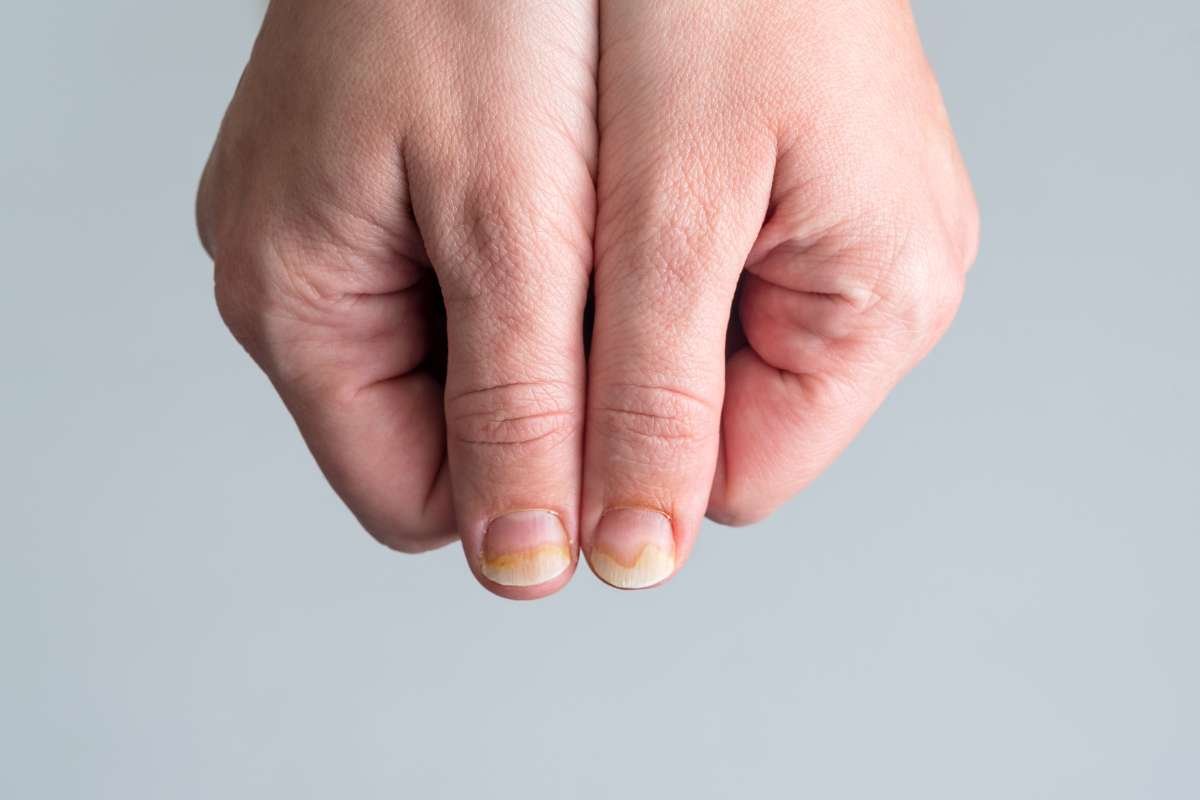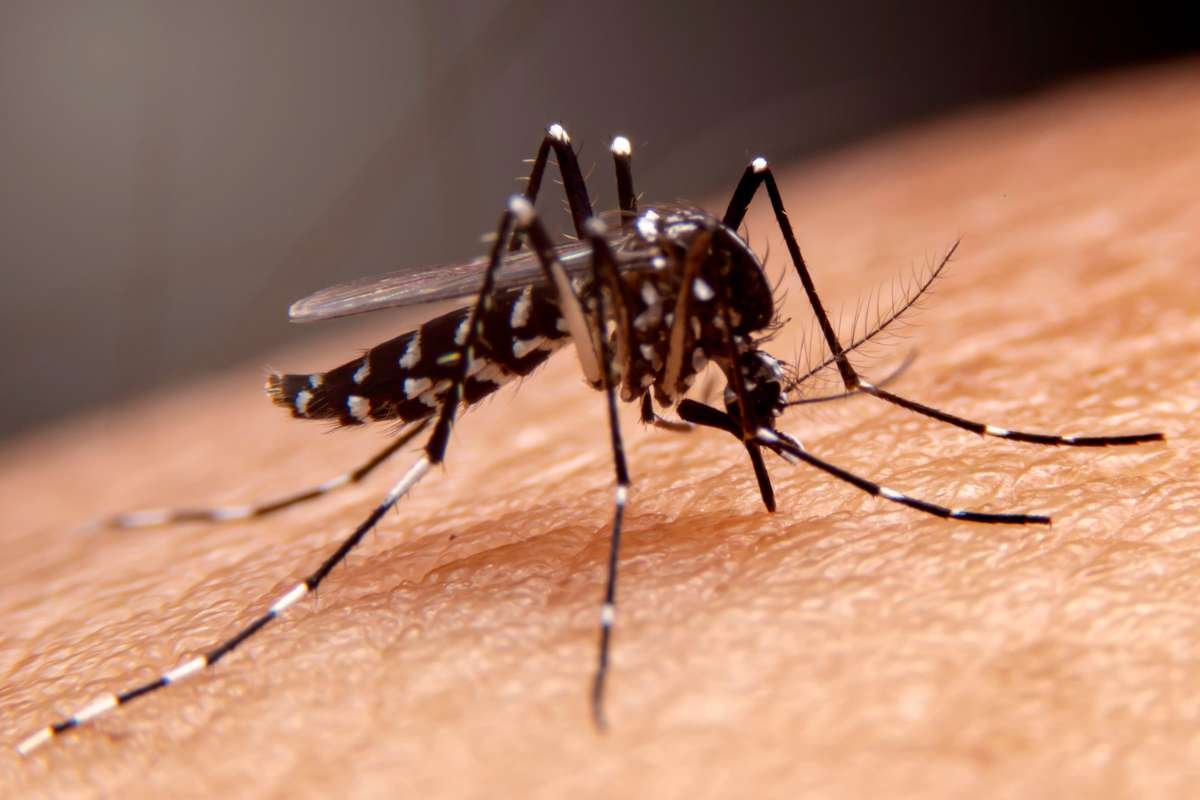Our nails tend to mirror the condition of our internal well-being. Ridging on fingernails is a common and sometimes neglected symptom. Although most people consider ridges harmless cosmetic imperfections, occasionally, they may indicate underlying health problems. It is important to know the causes, types, and possible treatments to ensure both nail and general well-being.
In this article, we’re going to explore what ridging in fingernails means, what causes it, and when it might be a reason to consult a healthcare professional.
What Is Ridging in Fingernails?
Ridging in fingernails refers to the presence of raised lines or grooves running either vertically or horizontally along the nail plate. These ridges can vary in depth, texture, and appearance. Some may be faint and barely noticeable, while others are deep enough to affect the smoothness and strength of the nail.
Ridges are generally classified into two main types:
- Vertical ridges (longitudinal ridges): These run from the cuticle to the tip of the nail.
- Horizontal ridges (transverse ridges): These run across the nail from side to side.
While vertical ridges are often a normal sign of aging, horizontal ridges may indicate a more serious condition requiring medical attention.
Common Causes of Vertical Ridging in Fingernails:
1. Aging
Vertical ridges are most commonly associated with the natural aging process. As we get older, the body produces less natural oil and moisture, which can make the nail plate more brittle and ridged.
2. Dehydration of the Nail Plate

Lack of hydration—whether due to excessive hand washing, exposure to harsh chemicals, or dry climates—can cause the nail surface to lose moisture, leading to vertical ridges.
3. Nutritional Deficiencies
Deficiencies in essential nutrients like iron, magnesium, zinc, or B-complex vitamins can contribute to ridged nails. For example, iron-deficiency anemia may result in ridges and a spoon-like curvature of the nails (koilonychia).
4. Medical Conditions
Certain systemic conditions can lead to changes in the nail structure. Conditions like eczema, psoriasis, and rheumatoid arthritis have been linked to ridging in fingernails. Thyroid imbalances and circulatory issues may also play a role.
5. Trauma to the Nail Matrix
Physical trauma or frequent manicuring can damage the nail matrix (the tissue under the cuticle that generates nail cells), leading to ridges or other nail deformities.
Read Also: 5 Steps for a Fit and Healthy Aging Body
What About Horizontal Ridges?
Horizontal ridges, also known as Beaus’ lines, can be more concerning. Unlike vertical ridges, these typically suggest a disruption in nail growth. Some possible causes include:
1. Severe Illness or Stress
A high fever from illnesses like COVID-19, pneumonia, or influenza may temporarily halt nail growth, leading to Beau’s lines. The same can occur after a significant stress event, physical or emotional.
2. Chemotherapy and Radiation
Patients undergoing cancer treatments may notice changes in their nails, including horizontal ridges, discoloration, or brittleness.
3. Diabetes or Peripheral Vascular Disease
These chronic conditions can impair blood circulation, affecting the health of the nail bed and resulting in horizontal ridges.
4. Infections

Localized infections, such as paronychia (infection around the nail), can disrupt normal nail growth and create visible ridging.
Read Also: Diabetes Care: A Comprehensive Guide to Preventing Diabetes Complications with 10 Expert Tips
How to Differentiate Normal vs. Concerning Ridges
Not all ridges require a trip to the doctor. Here are a few signs to help distinguish normal from abnormal ridging:
| Normal Ridging | Concerning Ridging |
| Faint vertical lines | Deep horizontal grooves (Beau’s lines) |
| No associated color changes | Discoloration, thickening, or splitting |
| Appears gradually with age | Sudden onset or worsening |
| Smooth nail surface with minor texture | Pain, inflammation, or swelling around the nail |
If your ridging in fingernails is accompanied by other symptoms like fatigue, brittle hair, or skin changes, it may be wise to consult a healthcare provider.
Diagnosis and Medical Evaluation
A dermatologist or general practitioner may perform a physical examination and ask questions about:
- Your medical history
- Recent illnesses or trauma
- Diet and lifestyle
- Other symptoms like fatigue or skin changes
In some cases, lab tests like a complete blood count (CBC), iron levels, or thyroid function tests may be recommended to identify underlying deficiencies or medical conditions.
How to Treat and Prevent Ridging in Fingernails?
While some causes of ridging are unavoidable, there are ways to manage and minimize their appearance:
1. Maintain a Balanced Diet

Eating a diet rich in vitamins and minerals—particularly biotin, iron, and zinc—can help improve nail strength and growth. Leafy greens, eggs, nuts, fish, and whole grains are excellent choices.
2. Stay Hydrated
Both your body and your nails need adequate hydration. Drink plenty of water and consider using cuticle oils or hand creams with ingredients like shea butter, jojoba oil, or vitamin E.
3. Limit Exposure to Harsh Chemicals
Use gloves when cleaning or doing dishes to avoid stripping your nails of moisture. Avoid acetone-based nail polish removers, which can further dry out nails.
4. Avoid Aggressive Nail Treatments
Frequent buffing, excessive trimming of cuticles, or overuse of acrylic nails can damage the nail matrix and contribute to ridging in fingernails.
5. Consider Supplements
For those with known deficiencies, a daily supplement containing biotin, silica, or a B-complex may support healthier nails. Always consult a healthcare provider before starting new supplements.
Read Also: Why Balanced Diet is Important?
When to See a Doctor?
While vertical ridges are typically harmless, you should see a doctor if you experience any of the following:
- Sudden changes in nail shape, color, or thickness
- Deep horizontal ridges or multiple Beau’s lines
- Pain, redness, or discharge from the nail or surrounding skin
- Accompanying symptoms like fatigue, hair loss, or unexplained weight changes
Early diagnosis can lead to more effective treatment and help address any underlying health issues.
Myths About Ridged Nails
There are many misconceptions about ridging in fingernails. Let’s set the record straight on a few:
- Myth: Buffing ridges will fix the problem.
Fact: Over-buffing can thin the nails, making them weaker and more prone to breakage. - Myth: Only older people get nail ridges.
Fact: While aging increases the likelihood, young people can develop ridges due to diet, trauma, or health conditions. - Myth: Ridges are just a cosmetic issue.
Fact: Some ridges, especially horizontal ones, can indicate significant health concerns.
Conclusion
Ridging in fingernails is usually a benign, age-related phenomenon, particularly if the ridging is vertical and not in association with other symptoms. A change in your nails can, on occasion, indicate nutritional deficiencies, injury, or systemic illness, though.
By being vigilant, living healthy, and getting medical counsel when you need it, you can keep your nails healthy along with the rest of your body. Don’t turn a deaf ear to what your nails are saying—they might be singing a different tune than you realize.







